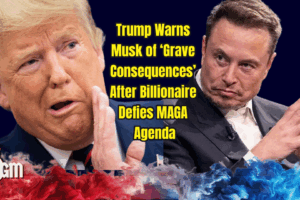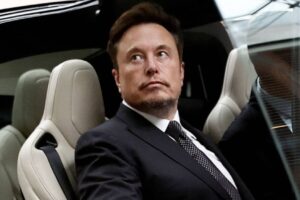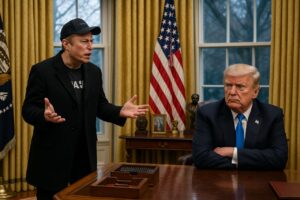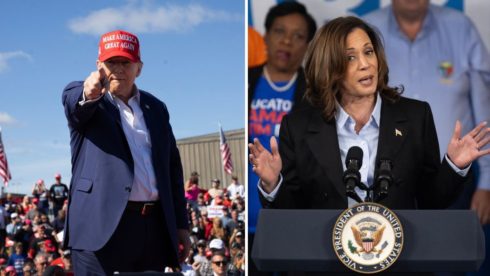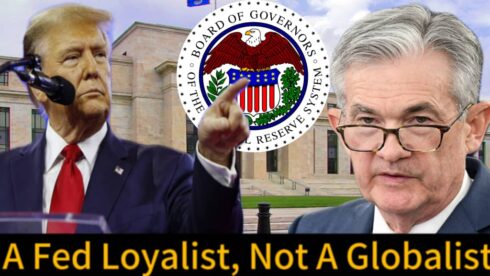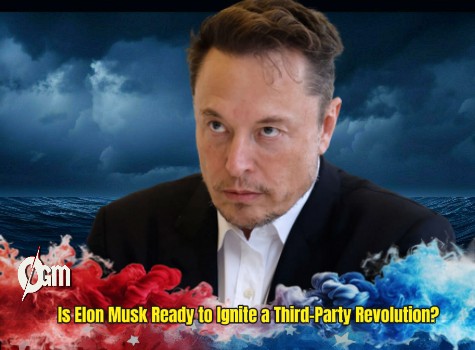Texas emerged as a pivotal battleground today, with both Donald Trump and Kamala Harris making high-profile appearances. Trump headed to Austin for a podcast interview with Joe Rogan, aiming to reach a younger, independent audience, while Harris rallied in Houston, targeting key demographics, including the African American and Hispanic communities. This strategic focus on Texas highlights the importance of its electoral votes and diverse voter base, which could be the tipping point in the November election.
Kamala Harris’s Houston rally featured prominent Democrats and local leaders, amplifying her vision for a more inclusive economy and accessible healthcare. With Texas’ Hispanic population potentially leaning Democratic, Harris’s visit emphasized immigration reform and job growth. Trump, however, capitalized on Texas’s more conservative base, highlighting his tough stance on border security and a robust economy, seeking to re-energize voters concerned about immigration and national security.
Kamala Harris’s Rising Momentum Faces Stiff Challenges
Kamala Harris was selected as the Democratic presidential nominee just two months ago, celebrated by party leaders as a much-needed fresh face. However, senior Democratic strategists have expressed concerns that Harris’s early momentum may not translate into guaranteed victory. While Harris initially surged in polls, outperforming the ailing numbers of her predecessor, Joe Biden, these gains appear to be stabilizing, with many of her supporters already loyal Democrats.
For Kamala Harris, the challenge remains expanding her support beyond the Democratic base to capture moderate and independent voters. Analysts suggest that her campaign’s focus on health equity, education, and reproductive rights resonates with progressives but may need broader economic policies to appeal to a more diverse electorate. With Election Day approaching, Harris’s campaign is ramping up efforts to secure swing state votes, while strategists work to broaden her appeal and unify a coalition that could lead her to victory.
Key Takeaways from Trump andKamala Harris’s Swing-State Rallies
Both candidates targeted critical battleground states this week, with Kamala Harris rallying in Georgia alongside influential figures like Barack Obama and Hollywood stars, while Trump focused on Arizona and Nevada, accompanied by high-profile endorsements. Harris highlighted her commitments to reproductive rights, affordable healthcare, and cost-of-living reductions, urging Americans to support policies aimed at providing economic relief and stability.
In contrast, Trump’s Arizona rally heavily criticized Harris’s immigration stance, calling the current administration’s border policies “a disaster” and pledging mass deportations if re-elected. Trump also addressed global conflict, promising immediate action to end the wars in Ukraine and Gaza. By addressing hot-button issues, Trump is rallying his base with a strong focus on national security, while Harris seeks to mobilize voters on the grounds of economic stability and social justice.
Diverse Voices Rally Behind Kamala Harris as Trump Vows Economic Change
Harris’s rally in Georgia received an enthusiastic response, with supporters like LaDena Bolton noting the strategic timing of high-profile endorsements. Celebrities and political figures like Samuel L. Jackson and Tyler Perry aimed to energize African American voters, a demographic Harris has actively courted as she seeks to counter Trump’s outreach to this group. Kamala Harris’s message of unity and progress appeared to resonate, but voter apathy remains a concern in crucial swing regions.
Meanwhile, Trump’s Nevada rally focused on economic policy, with his “No tax on tips” proposal and pledges to eliminate taxes on overtime and Social Security income striking a chord with working-class supporters. Trump’s approach emphasizes immediate financial relief, aiming to counter rising costs that have concerned Americans nationwide. Both candidates are tailoring their messages to win over swing voters, setting the stage for a closely contested election.




